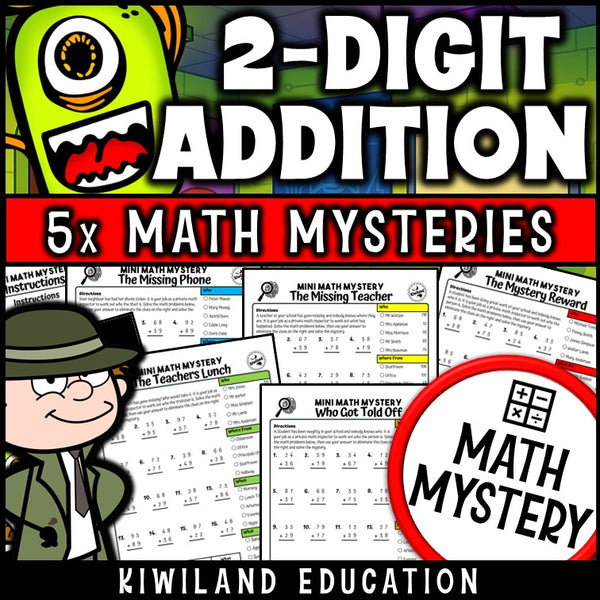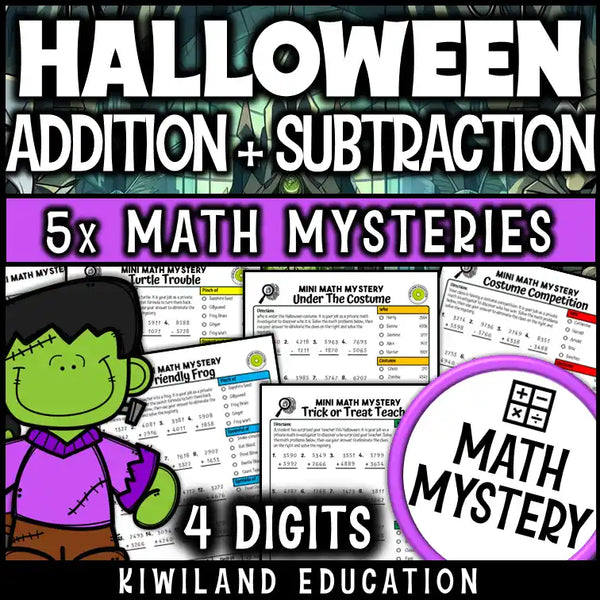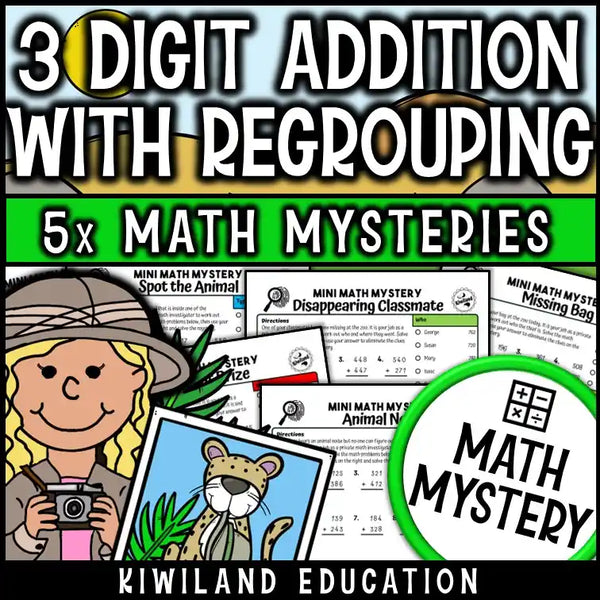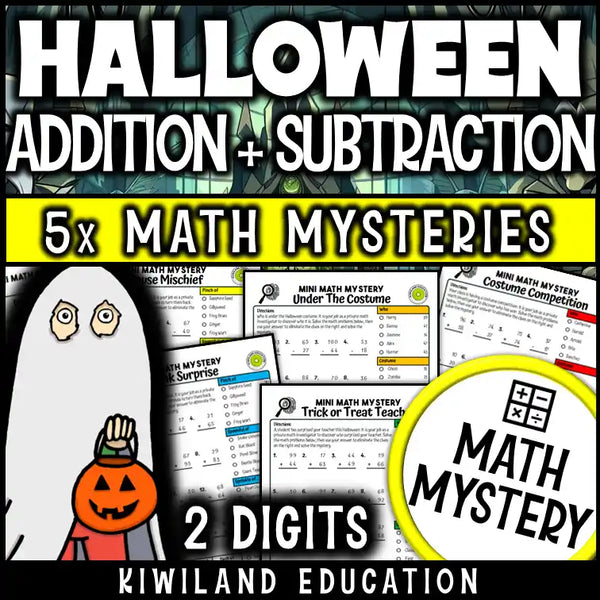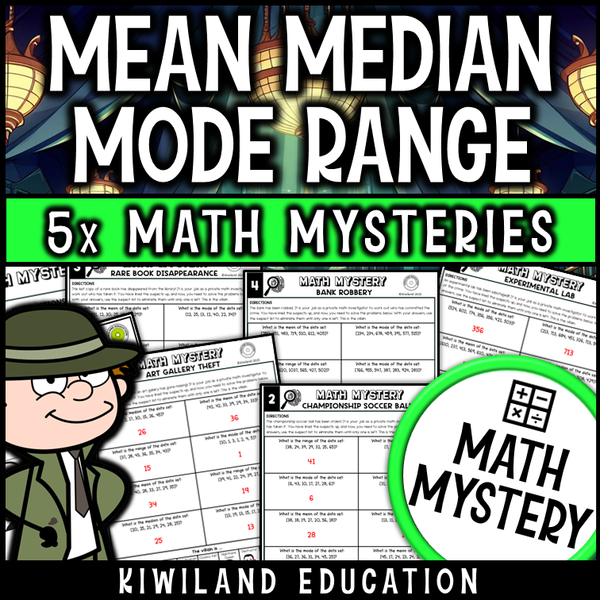Back to school is the perfect time to teach Digital Citizenship in grades 4–6. As students return to the classroom, they’re also logging into devices, accessing online platforms, and using technology daily. This makes August, September, and Digital Citizenship Week in October the ideal time to introduce internet safety, cyber safety, and responsible online behavior.
Digital Citizenship lessons help students learn about privacy, safe passwords, cyberbullying prevention, digital footprints, and respectful online communication. These are essential skills for both the classroom and real life.
Why Teach Digital Citizenship in Grades 4–6?
- Students use multiple apps, websites, and devices
- They communicate digitally with friends and classmates
- They may be exposed to online risks like scams or cyberbullying
By teaching Digital Citizenship, we equip students with:
- Online responsibility – understanding safe and respectful online behavior
- Critical thinking skills – spotting unreliable sources and false information
- Digital literacy – navigating technology in positive, productive ways
Engaging Ways to Teach Digital Citizenship
1. Start with Scenarios
Present real-life classroom-friendly situations:
- A classmate shares their password with a friend. What could happen?
- A student sees a hurtful comment online. How should they respond?
These spark discussion and make internet safety concepts concrete.
2. Connect to Back-to-School Routines
Incorporate a Digital Citizenship contract alongside classroom rules. Students can sign a pledge to use technology respectfully, protect privacy, and practice kindness online.
3. Use a Mystery or Game Format
Interactive activities like a Digital Citizenship & Internet Safety Reading Mystery make learning memorable. Students read about online safety, answer comprehension questions, and solve a case. This blends ELA skills with cyber safety in a fun way.
When Is Digital Citizenship Week?
Digital Citizenship Week is typically celebrated in October (exact dates vary by year). It’s a great time to focus lessons on online safety, cyberbullying prevention, digital literacy, and responsible technology use.
FAQ – Digital Citizenship for Teachers
General Digital Citizenship FAQs
When is Digital Citizenship Week?
Digital Citizenship Week usually takes place in October. Check your district or Common Sense Education for the exact dates each year.
What grade levels is Digital Citizenship taught in?
Digital Citizenship can be taught in all grades, but upper elementary (grades 4–6) is a key time to focus on internet safety, cyberbullying prevention, and responsible technology use.
Is Digital Citizenship the same as Digital Literacy?
They are related but slightly different. Digital Citizenship focuses on responsible and safe behavior online, while Digital Literacy focuses on understanding and using technology effectively.
How do I explain a digital footprint to students?
A digital footprint is the trail of information left online from posts, comments, and activity. Use simple examples, like a record of shared photos or comments.
Teaching Strategies FAQs
What resources are best for teaching Digital Citizenship?
Interactive lessons work best—reading mysteries, online scenarios, roleplay activities, and printable internet safety worksheets keep students engaged.
How can I integrate Digital Citizenship into regular lessons?
Use short discussions during technology use, include reminders in classroom rules, or add a weekly digital literacy activity to reinforce safe online behavior.
What are some fun Digital Citizenship Week activities?
Try creating online safety posters, writing kindness pledges, holding classroom debates on online scenarios, or solving a Digital Citizenship Reading Mystery.
Back to School & Digital Citizenship Week FAQs
How can I teach Digital Citizenship at the start of the school year?
Back to School is a perfect time to teach Digital Citizenship. Set clear expectations by introducing internet safety, online behavior, and respectful communication as part of your classroom rules.
What are some Back to School activities that include Digital Citizenship?
Try a Digital Citizenship contract, create online safety posters, hold class discussions on privacy, or use a fun mystery activity to review responsible technology use.
Why is Back to School the best time for Digital Citizenship lessons?
Students are setting routines and building habits. Teaching online safety and responsible technology use early helps them start the year with safe and respectful behavior online.
Final Thoughts
Whether it’s Back to School or Digital Citizenship Week in October, teaching online safety and responsible technology use is essential. Making lessons interactive and relevant keeps students engaged while reinforcing critical skills.
👉 Explore the Digital Citizenship & Internet Safety Reading Mystery for Grades 4–6 to make teaching internet safety easy, engaging, and no-prep.
